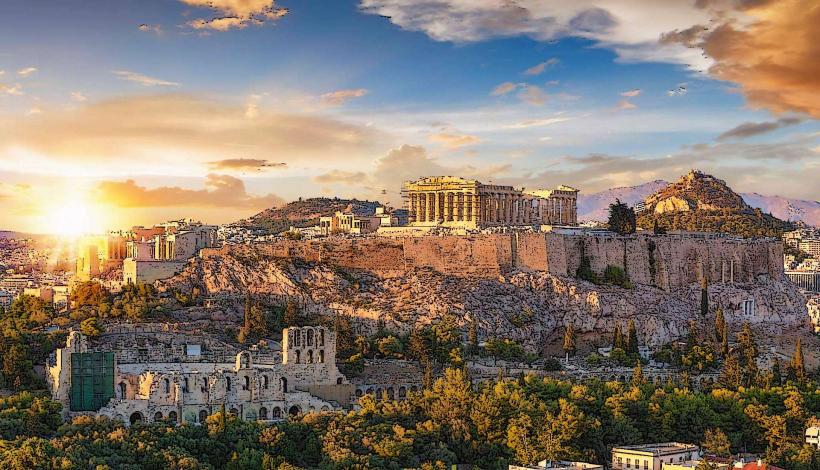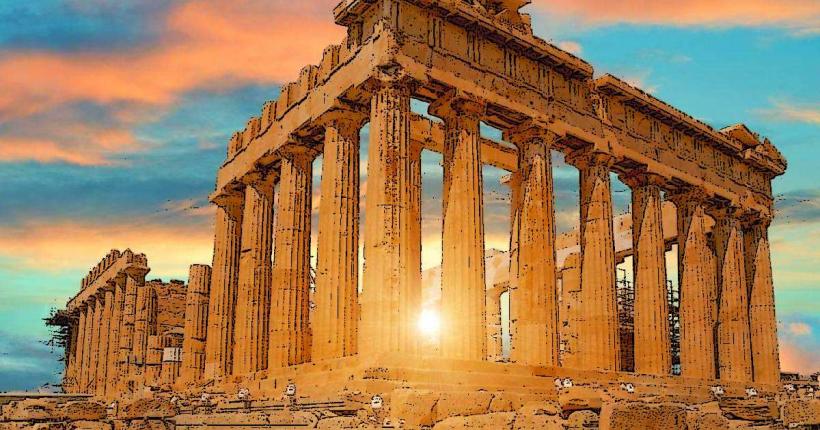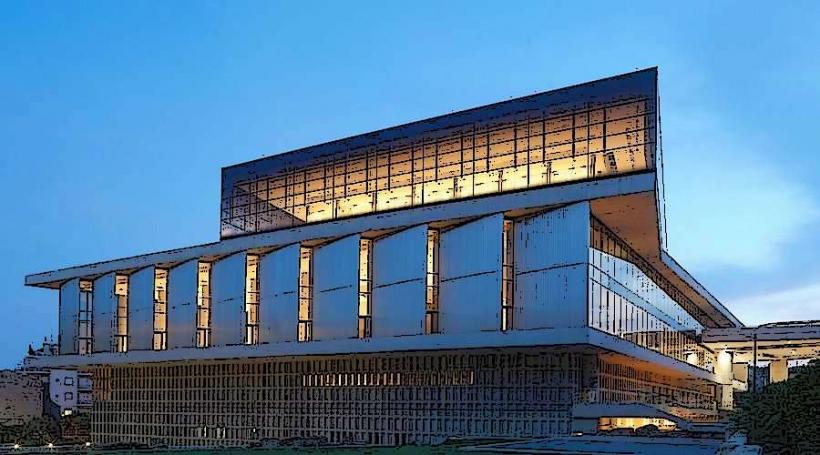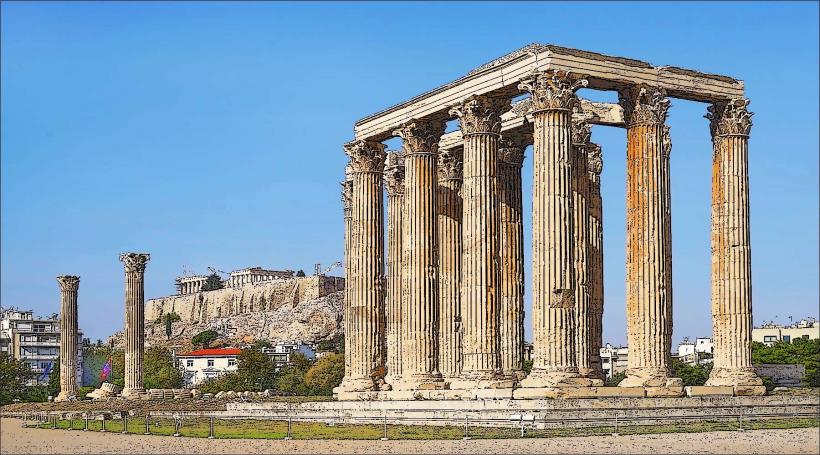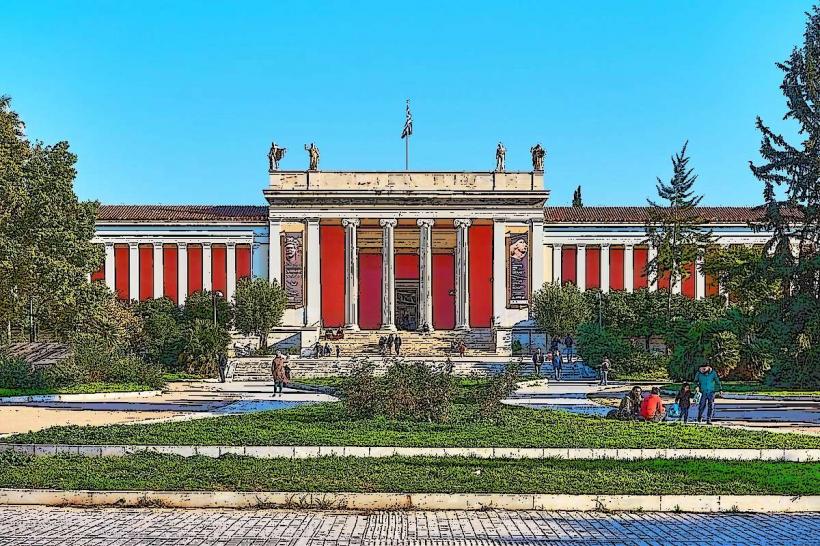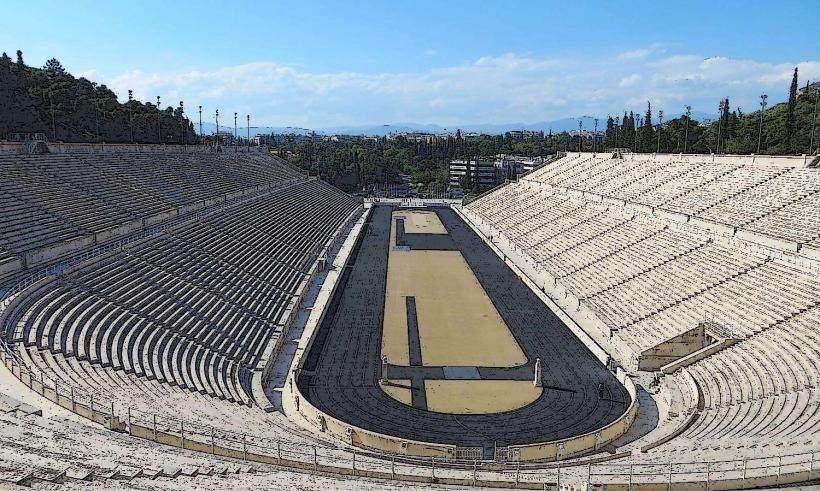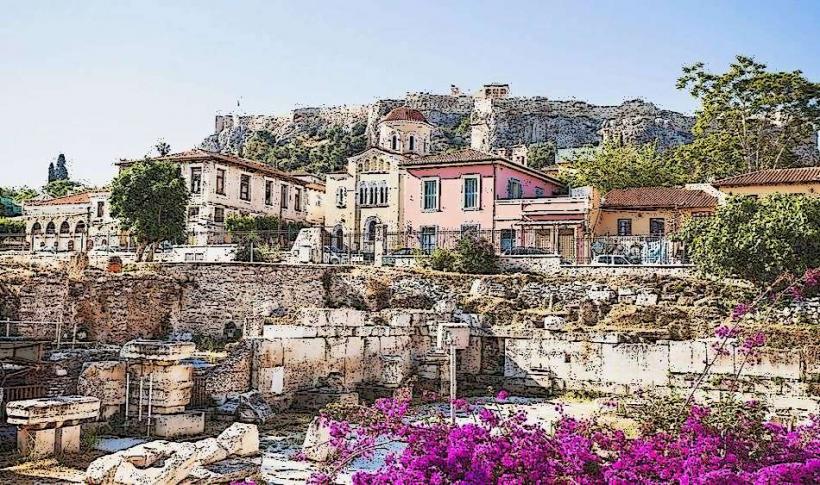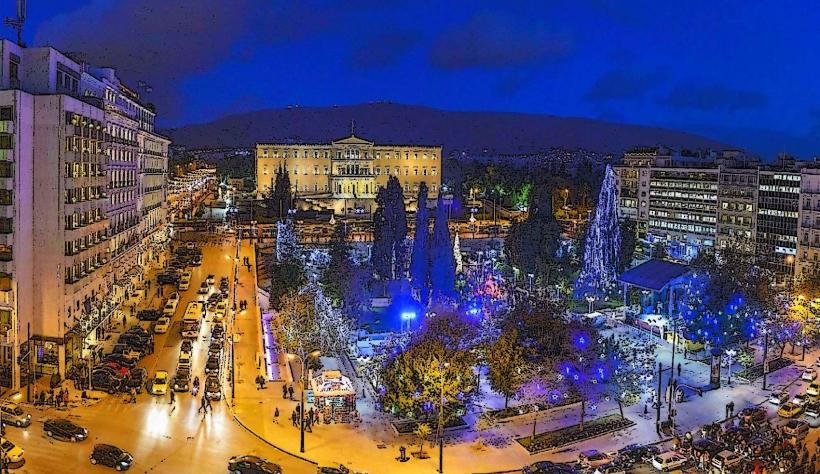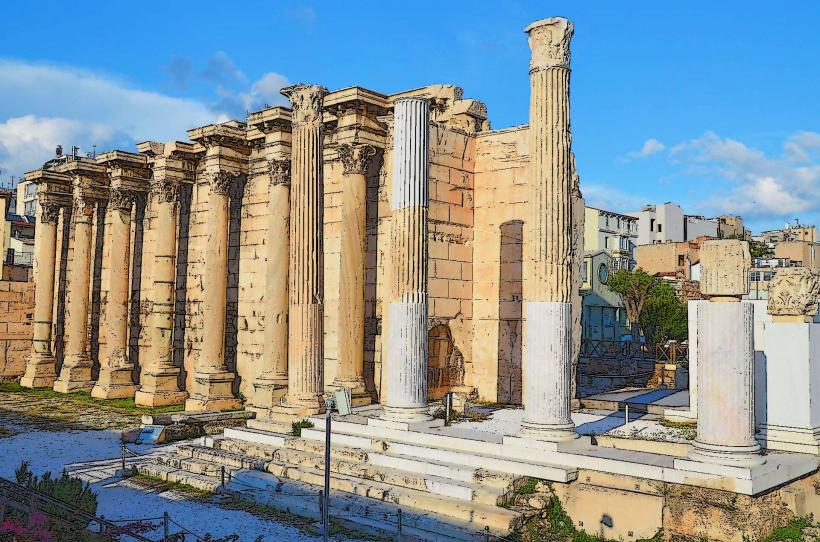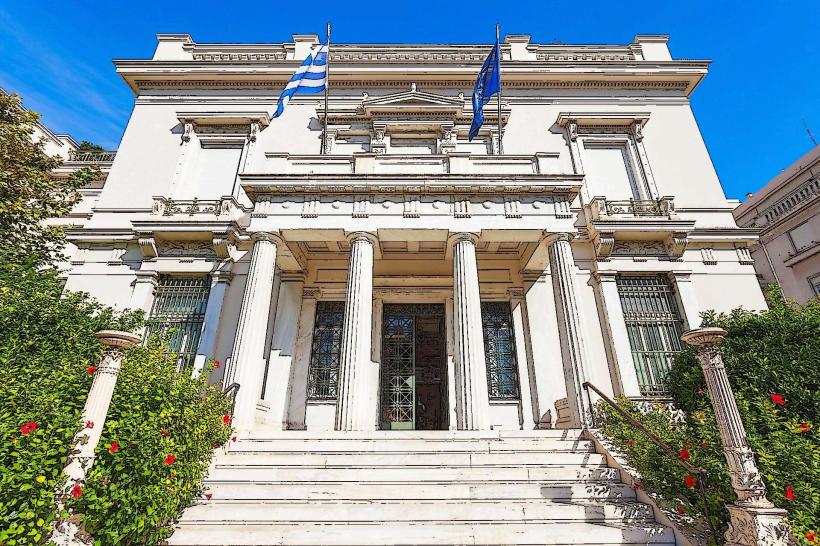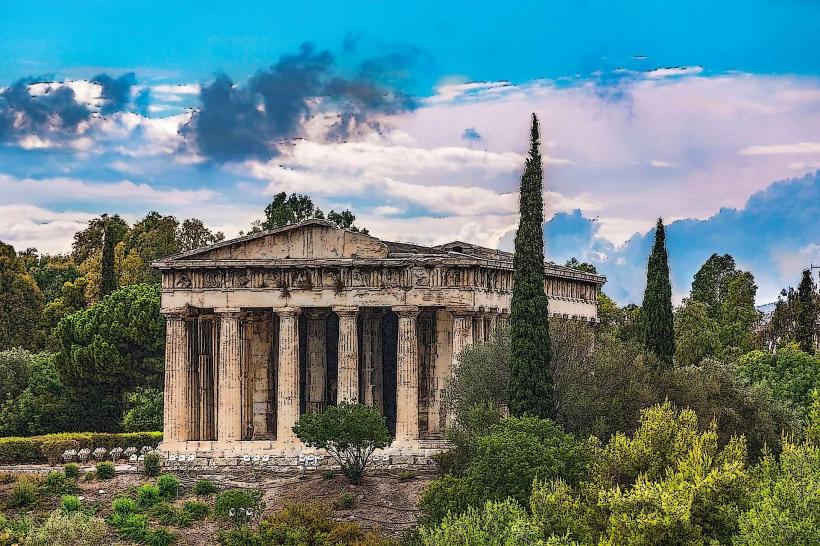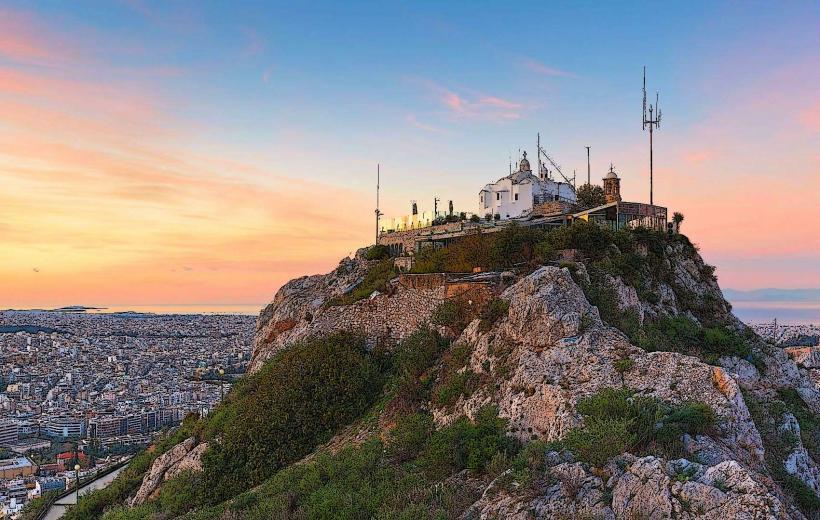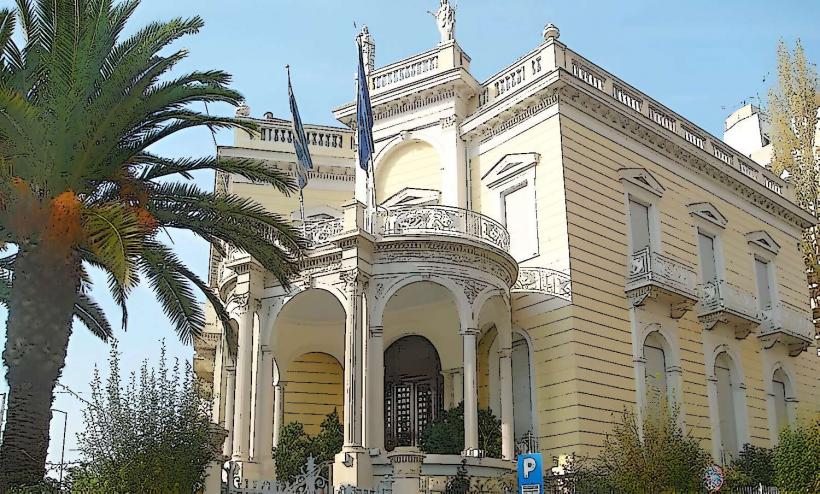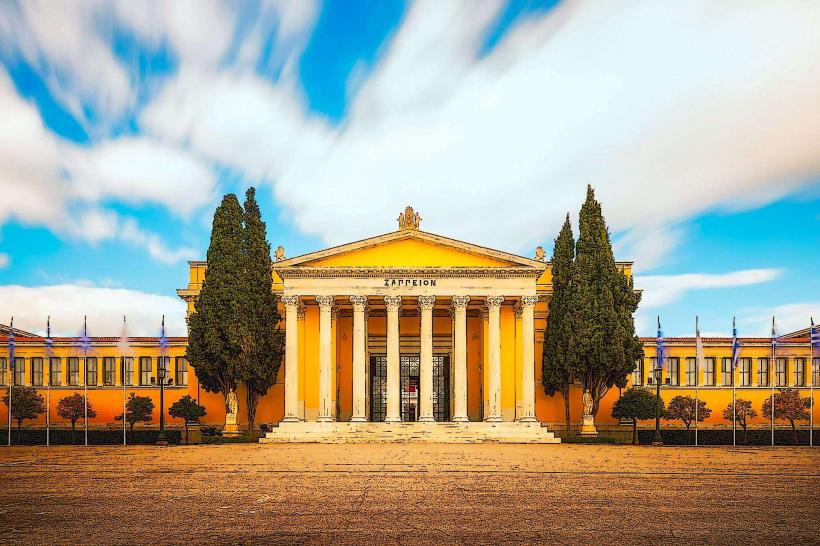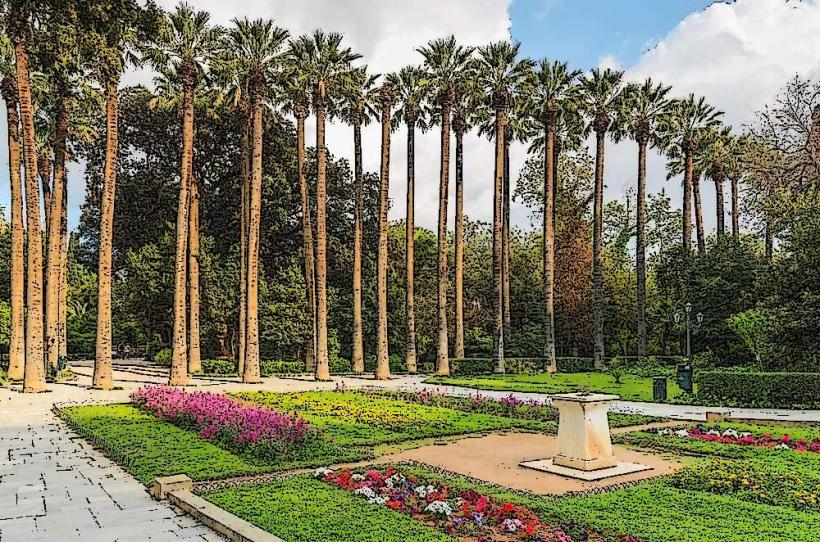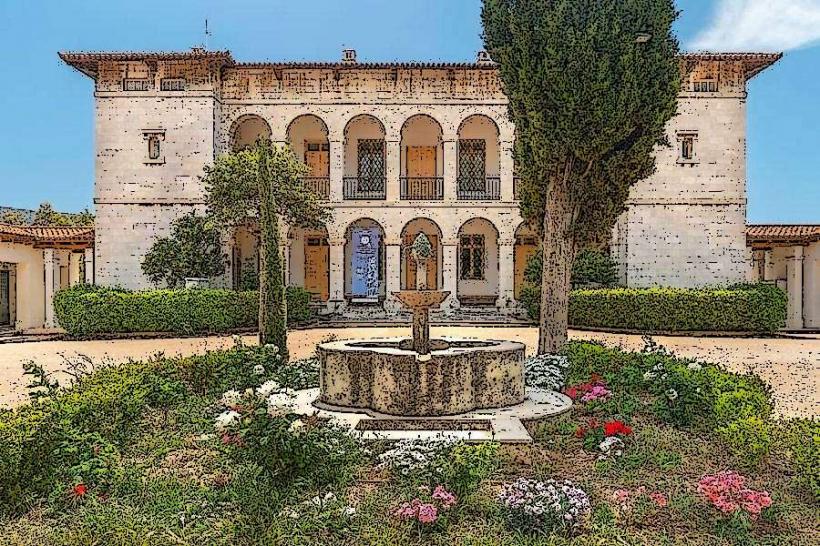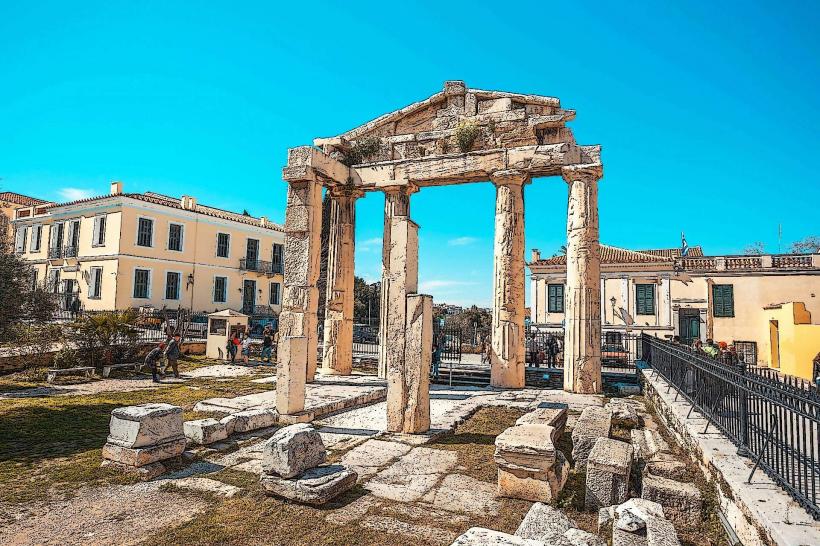Information
Landmark: Ancient Agora of AthensCity: Athens
Country: Greece
Continent: Europe
The Ancient Agora of Athens is one of the most historically significant archaeological sites in Greece, serving as the heart of public life in ancient Athens. It was the center for commerce, politics, philosophy, and socializing, and was the place where many of the most important events in Athenian history took place.
Historical Background:
- The Agora of Athens was in use from as early as the 6th century BCE, though it continued to be a vital part of the city through the Roman and Byzantine periods.
- It was the epicenter of Athenian democracy and civic life. Philosophers, such as Socrates, Plato, and Aristotle, spent time in the Agora, engaging in discussions that would shape Western philosophy.
- The Agora was also home to major public buildings, temples, and statues, and it was used for a variety of purposes, including markets, assemblies, elections, and trials.
- Over time, the Agora underwent several stages of development and reconstruction, with new buildings and structures being added during different periods, including the Classical, Hellenistic, Roman, and Byzantine eras.
Architecture and Layout:
- The Ancient Agora covers a significant area, located to the northwest of the Acropolis. It extends over about 10 hectares (25 acres) and is bordered by the Areopagus Hill and the Acropolis to the south, the Kolonos Agoraios hill to the north, and the Kerameikos district to the west.
- The Agora was primarily an open-air space, though it contained several important buildings, porticoes, stoa, and temples. The layout was organized with a central open area that was surrounded by important civic buildings, covered walkways (stoas), and markets.
Key Features and Structures in the Ancient Agora:
1. Stoa of Attalos:
- The Stoa of Attalos is one of the most prominent and well-preserved structures in the Agora. Originally built in the 2nd century BCE by Attalos II, the king of Pergamon, it was a long covered portico with columns that provided shelter for merchants, philosophers, and citizens.
- The stoa was reconstructed in the 1950s by the American School of Classical Studies at Athens, and today, it houses the Agora Museum. The museum displays a rich collection of ancient artifacts found in the Agora, offering insight into the daily life of ancient Athenians.
2. Temple of Hephaestus (Theseion):
- The Temple of Hephaestus, also known as the Theseion, is one of the best-preserved temples from ancient Greece and is located at the western end of the Agora.
- Dedicated to Hephaestus, the god of metalworking, the temple is a classic example of the Doric order. It was originally built in the 5th century BCE and remains in relatively good condition due to its continuous use throughout history, including its conversion into a Christian church and later a mosque.
3. The Bouleuterion:
- The Bouleuterion was the council house of ancient Athens, where the Boule (the council of 500) met to discuss and prepare proposals for the Athenian Assembly.
- The structure dates back to the 5th century BCE and was a public building that played a key role in the democratic governance of Athens.
4. The Odeon of Agrippa:
- The Odeon of Agrippa was a theater-like building constructed by the Roman statesman Marcus Vipsanius Agrippa in 15 BCE. It was used for musical performances and as a venue for the citizens of Athens to gather for entertainment.
- Though only portions of the structure remain today, it once had a roofed structure and was an important cultural space in the Roman period.
5. The Altar of the Twelve Gods:
- The Altar of the Twelve Gods was a sacred site in the center of the Agora, believed to mark the point from which all distances in Athens were measured.
- It was dedicated to the twelve Olympian gods and functioned as a public shrine for offerings, ceremonies, and worship.
6. The Agora Museum:
- Housed in the reconstructed Stoa of Attalos, the Agora Museum displays a wealth of archaeological artifacts from the site, including pottery, sculptures, inscriptions, and everyday objects.
- The museum gives visitors a glimpse into the lives of the people who lived and worked in the Agora, and it provides context for the significance of the Agora in Athenian society.
7. The Tholos:
- The Tholos was a round building that served as the headquarters for the prytaneis, a group of officials responsible for overseeing the day-to-day functioning of the Athenian government.
- The Tholos was an important structure for the administration of the city, and its remains can still be seen in the Agora today.
8. The Fountain House (Enneakrounos):
- The Fountain House, or Enneakrounos, was a monumental public fountain located in the northeastern corner of the Agora. It had nine spouts that provided fresh water to the citizens of Athens.
- The Fountain House played an important role in public life, providing water for daily use and serving as a meeting place for the people of the city.
Role in Athenian Society:
- The Agora was a dynamic center of activity, where Athenians came together to trade goods, conduct business, participate in political debates, and engage in philosophical discussions. It was also the location of religious ceremonies and rituals, as well as important civic functions like elections and trials.
- Philosophers such as Socrates and his followers often gathered in the Agora to engage in dialogues with the citizens, discussing a wide range of subjects from ethics and justice to politics and metaphysics. Plato and Aristotle also spent time in the Agora, shaping the foundations of Western philosophy.
- The Agora was the physical embodiment of Athenian democracy, where citizens could express their opinions, hear orators, and engage directly in the political process.
Decline:
- Over time, the Agora began to lose its significance. After the rise of the Roman Empire, the focus of public life shifted, and the Agora became less central to the city's functioning.
- With the rise of Christianity, many of the buildings in the Agora were repurposed for Christian use, and the site slowly fell into disuse. The Agora was abandoned and suffered damage, especially during periods of Roman and Byzantine invasions.
Modern-Day Site:
- The Ancient Agora of Athens is now an important archaeological site, attracting visitors from around the world. It is open to the public and offers an opportunity to explore one of the most influential centers of the ancient world.
- Visitors can walk through the ruins, explore the remaining structures, and view the artefacts on display at the Agora Museum. The site provides valuable insights into the daily life, politics, and culture of ancient Athens and offers a deeper understanding of the foundations of Western civilization.
Summary:
The Ancient Agora of Athens was the center of Athenian public life for centuries, serving as a place for trade, political discourse, philosophical debate, and religious ceremonies. It housed important buildings such as the Stoa of Attalos, the Temple of Hephaestus, and the Bouleuterion, and was frequented by notable figures like Socrates and Plato. The Agora played a pivotal role in the development of Athenian democracy and remains one of the most important archaeological sites in Greece today.

